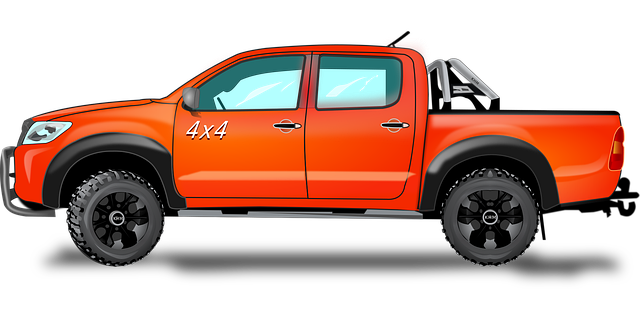Drums, with their 4×4 structure (bass drum, snare drum, toms, cymbals), are essential for creating rhythmic patterns and driving music forward. This configuration, also key in rhythm guitars (RGVs), fosters creativity through unique contributions from each component—from the bass drum's heartbeat to cymbal-driven accents—enabling expressive and engaging performances.
Drums, a dynamic and essential instrument in music production, are deconstructed in this article for a deeper understanding. We explore the intricate structure of drums using a 4×4 breakdown, revealing how each part contributes to their unique functionality. Furthermore, we delve into the Role, Function, and Design (RGV) of drums, explaining how these components create rhythmic depth and versatility. By combining 4×4 parts with RGV insights, this article provides a comprehensive guide for drummers and music enthusiasts alike.
The Structure of Drums: A 4×4 Breakdown

Drums, at their core, are a complex assembly of simple components that work in harmony to produce rhythmic patterns. A standard set breaks down into four main parts, often described as the 4×4 structure—a term that resonates deeply with drummers and music enthusiasts alike. This fundamental design consists of a bass drum (the large drum providing deep, low tones), a snare drum (known for its crisp, snappy sound), two tom-toms (offering a range of pitches in between the bass and snare) and various cymbals (which add shimmering, cutting sounds).
Each 4×4 part contributes uniquely to the rhythmic tapestry. The bass drum forms the heartbeat, while the snare provides accenting hits. Tom-toms offer versatility for fills and solos, and cymbals—with their diverse types like ride, crash, and hi-hats—allow for intricate patterns and dynamic accents. This 4×4 framework is not just a physical arrangement; it’s a conceptual one too, guiding drummers in their creative process to craft complex beats and rhythms that drive music forward.
Parts and Functionality: RGV Explained

Drums, particularly the rhythm guitar (RGV), are a crucial component of many musical ensembles. Understanding the 4×4 parts of an RGV is essential for musicians to effectively navigate and contribute to their performances. The 4×4 configuration refers to the arrangement of four main components: the bass drum, snare drum, toms, and cymbals. Each part plays a distinct role in generating rhythm and dynamics, enabling the drummer to create intricate beats and fills that drive the music.
The RGV’s parts work in harmony to produce a wide range of sounds. The bass drum provides the low, solid beat, forming the foundation of the rhythm. Snare drums offer crisp snares for accents and fills. Toms, placed at varying heights, add depth with their resonant tones. Cymbals, including ride, crash, and hi-hats, provide shimmering effects and cutting sounds that punctuate the music. This intricate interplay of 4×4 parts allows drummers to express their creativity, making every performance unique and engaging.
Drums, with their intricate 4×4 structure and key components like the RGV (Rims, Gears, and Vents), offer a fascinating blend of art and science. Understanding the interplay between these parts is essential for both beginners looking to grasp the basics and experienced drummers aiming to enhance their skills. By mastering the 4×4 breakdown, from rims that provide stability to gears that facilitate rhythm and vents that dissipate heat, you unlock not just technical proficiency but also a deeper appreciation for the dynamic and expressive nature of this instrument.



